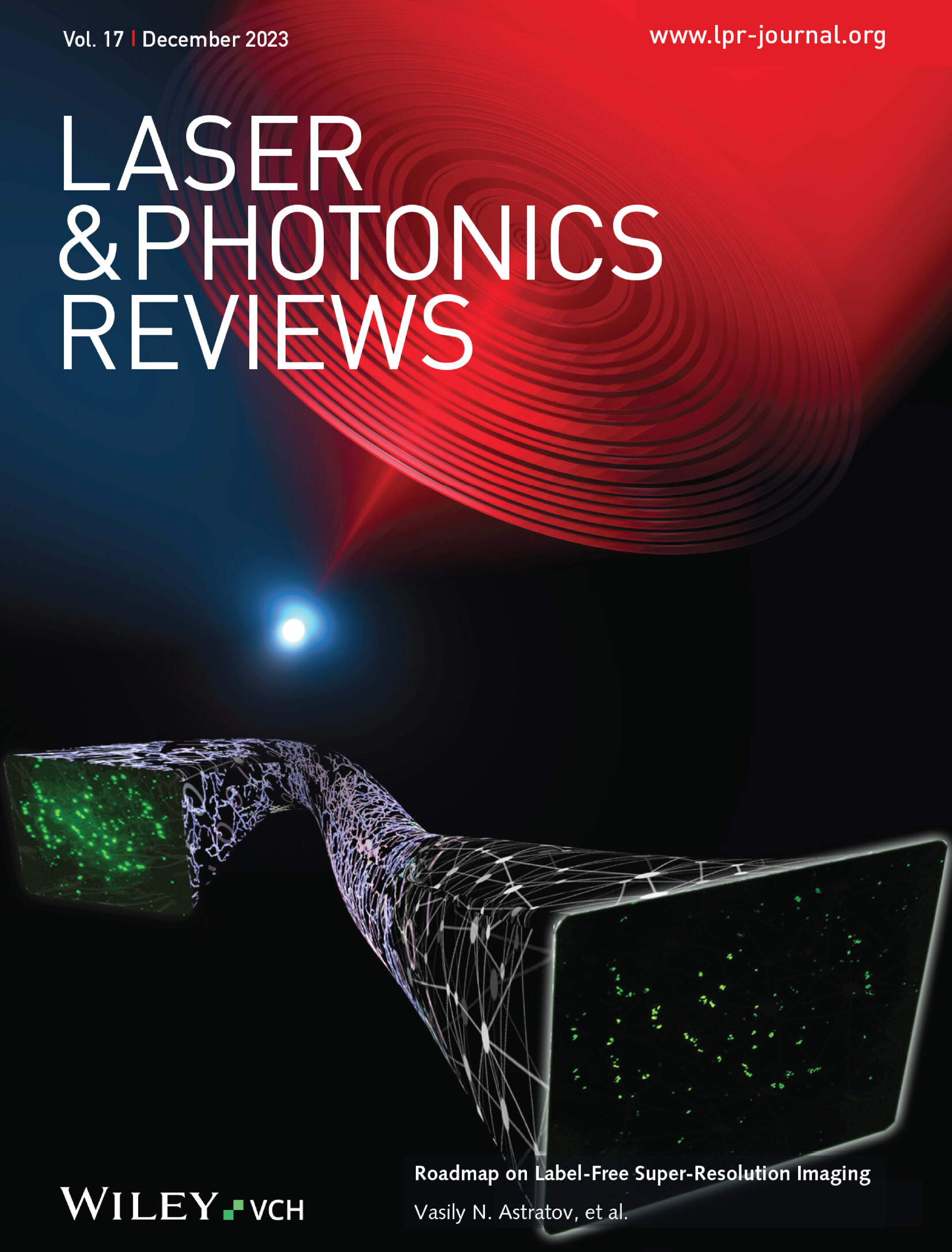Reflections on the Spatial Exponential Growth of Electromagnetic Quasinormal Modes
IF 9.8
1区 物理与天体物理
Q1 OPTICS
引用次数: 0
Abstract
A major research objective across various fields is to represent the response of open systems using quasinormal mode (QNM) expansions, akin to the treatment of normal modes in closed systems. In electromagnetism, QNM expansions effectively describe modal physics inside resonators and in their near field. However, challenges arise in the intermediate and far field, where QNM fields grow exponentially, posing mathematical issues and often being considered unphysical. How can a near-field relevant concept lose its validity? Where does this transition occur? This perspective seeks to answer these questions by analyzing foundational concepts such as cavity perturbation theory and dissipative coupling using model problems. The analysis reveals no fundamental inconsistencies with exponential growth and sometimes yields surprising results, such as an increase in coupling coefficients between QNMs of two distant bodies as separation increases. These findings should be widely shared to prevent misunderstandings and enhance the understanding of contemporary electromagnetic QNM theories. The final section, intended for experts in electromagnetic QNMs, provides a thorough analysis of these theories.

求助全文
约1分钟内获得全文
求助全文
来源期刊
CiteScore
14.20
自引率
5.50%
发文量
314
审稿时长
2 months
期刊介绍:
Laser & Photonics Reviews is a reputable journal that publishes high-quality Reviews, original Research Articles, and Perspectives in the field of photonics and optics. It covers both theoretical and experimental aspects, including recent groundbreaking research, specific advancements, and innovative applications.
As evidence of its impact and recognition, Laser & Photonics Reviews boasts a remarkable 2022 Impact Factor of 11.0, according to the Journal Citation Reports from Clarivate Analytics (2023). Moreover, it holds impressive rankings in the InCites Journal Citation Reports: in 2021, it was ranked 6th out of 101 in the field of Optics, 15th out of 161 in Applied Physics, and 12th out of 69 in Condensed Matter Physics.
The journal uses the ISSN numbers 1863-8880 for print and 1863-8899 for online publications.

 求助内容:
求助内容: 应助结果提醒方式:
应助结果提醒方式:


